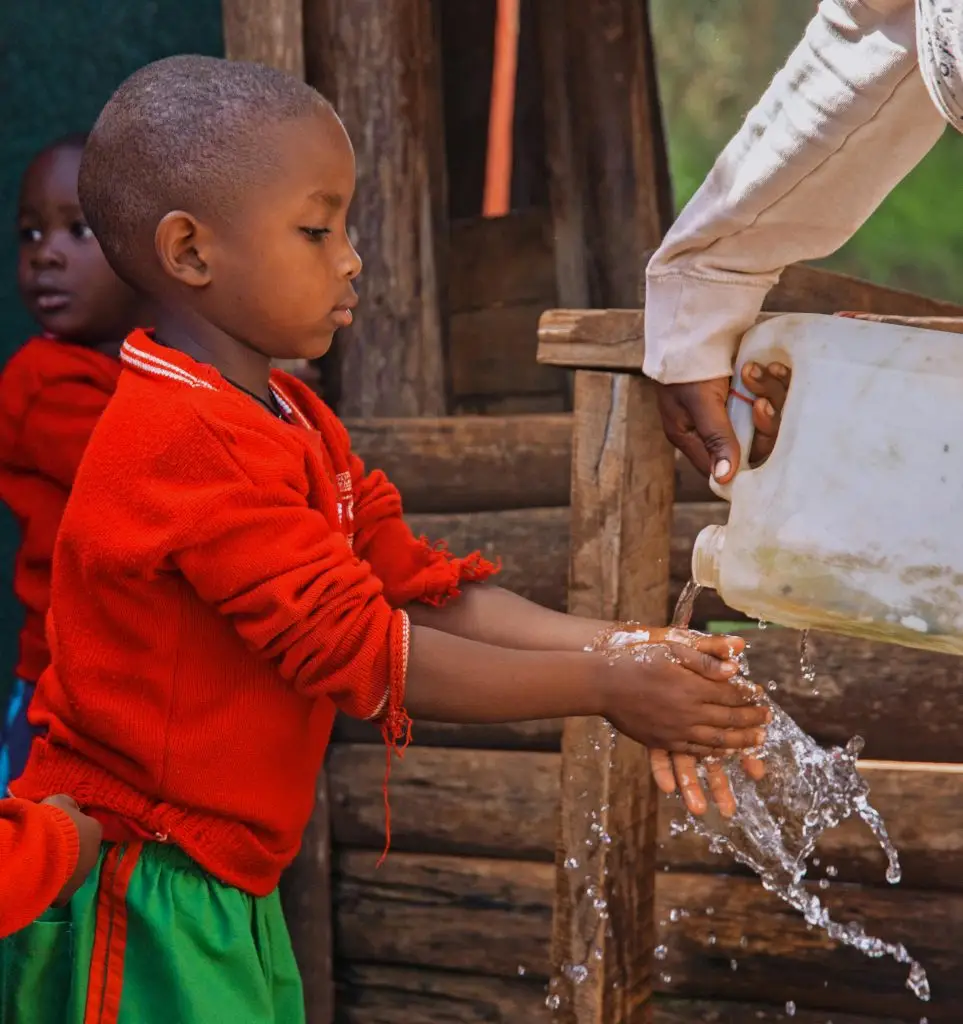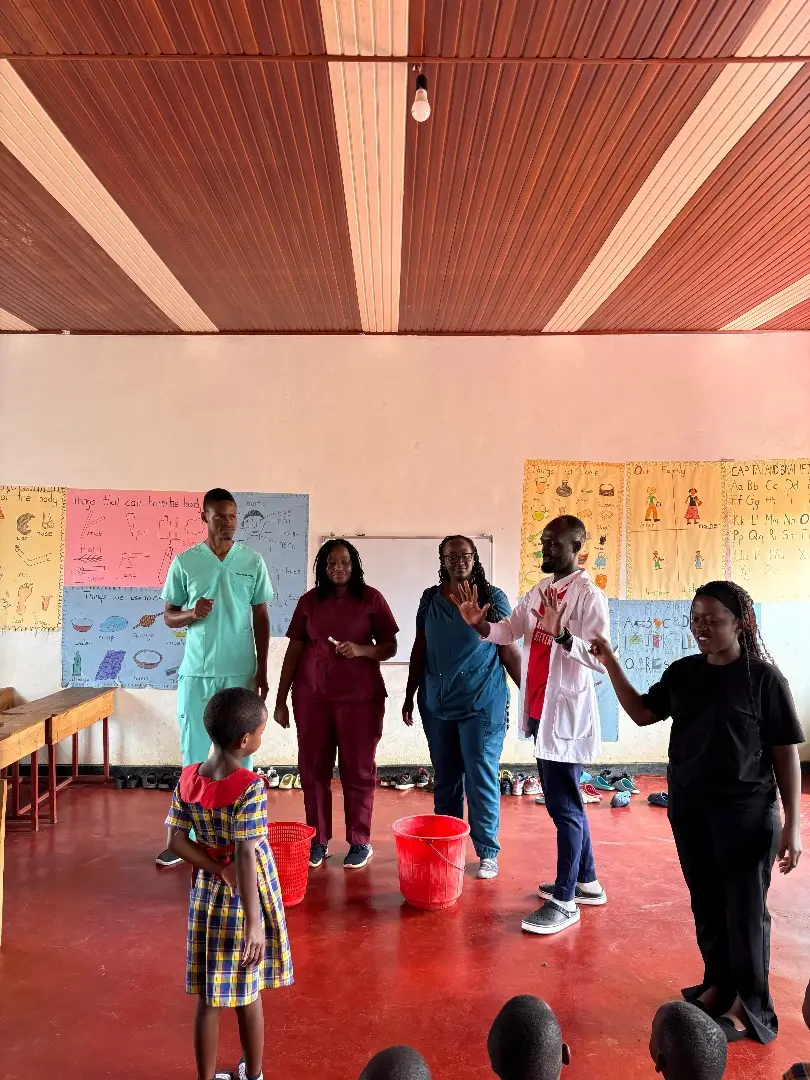Hands of Hope
As parents and educators, the directive “Go wash your hands!” is a constant refrain in our daily dialogue with children. It’s a non-negotiable rule, right up there with brushing teeth and eating vegetables. But how often is this directive met with resistance, a rushed splash under water, or the classic protest: “But they’re not dirty!”
We master the what (use soap and water) and the when (after using the bathroom, before eating), but we often overlook the most powerful component of building lasting habits: explaining the why. Teaching children the purpose of hand hygiene is not merely about securing compliance; it’s an opportunity to empower them with knowledge, foster autonomy over their health, and instil a sense of social responsibility. It transforms a mundane chore into a mission of protection

Why “Go Wash Your Hands” Isn’t Enough
Handwashing is a routine instruction for children, but often met with resistance or done poorly because kids don’t understand why it matters. While adults focus on the what (use soap) and when (before eating, after bathroom), the missing piece is explaining the why helping children see the purpose behind the habit.
Making the Invisible Visible
Since germs are abstract and invisible, children often struggle to understand why washing hands is important. To bridge this gap, parents and educators can:
- Use Visual Experiments: Activities like the Glitter Germ Experiment show how germs spread and why soap is necessary.
- Tell Simple Stories: Describe germs as “tiny hitchhikers” or “sneaky bugs” that want to travel from hands to mouth.
- Show Pictures or Cartoons: Use child-friendly illustrations of germs to make the concept concrete and less abstract.
- Use Blacklight Demonstrations: Special lotions or powders that glow under UV light can reveal how germs remain after poor handwashing.
- Relate to Everyday Items: Compare germs to visible things kids know like dust, dirt, or sticky honey that spread easily when touched.
- Encourage Imagination: Ask kids to “pretend their hands are covered in invisible paint” and think about where that paint would spread.

Reinforcing the Habit
Understanding the why makes it easier to reinforce the how. Fun songs, modeling proper handwashing, and ensuring accessibility with step stools and kid friendly soap encourage independence. These small supports keep the process engaging while building consistency.
Lasting Benefits Beyond Clean Hands
Teaching the purpose of handwashing goes beyond hygiene. It builds children’s health autonomy, fosters critical thinking, and nurtures empathy by showing how personal actions protect the community. With this approach, handwashing becomes an investment in lifelong health habits, not just a daily task.